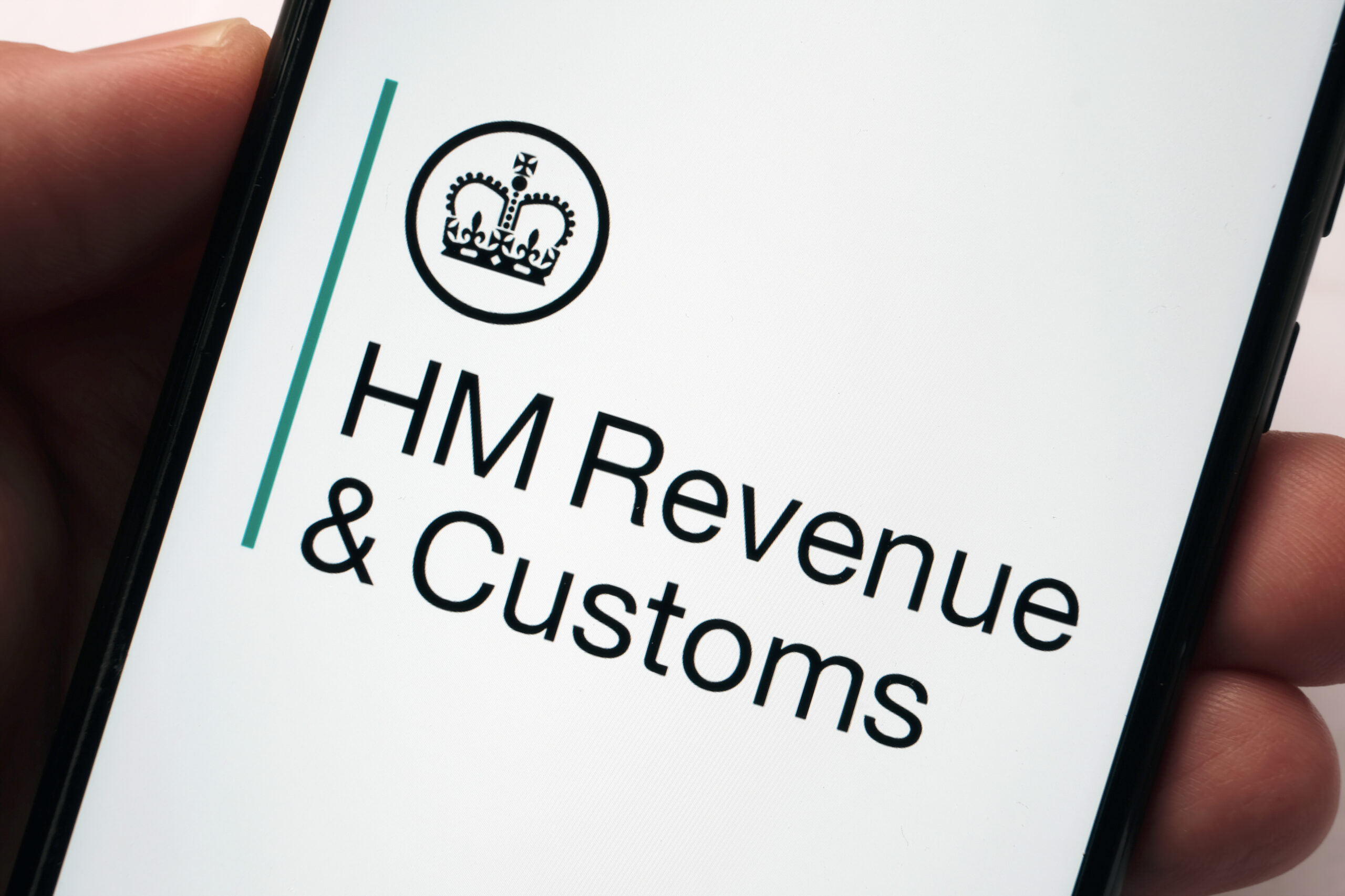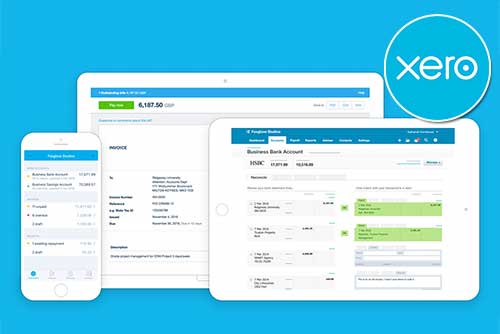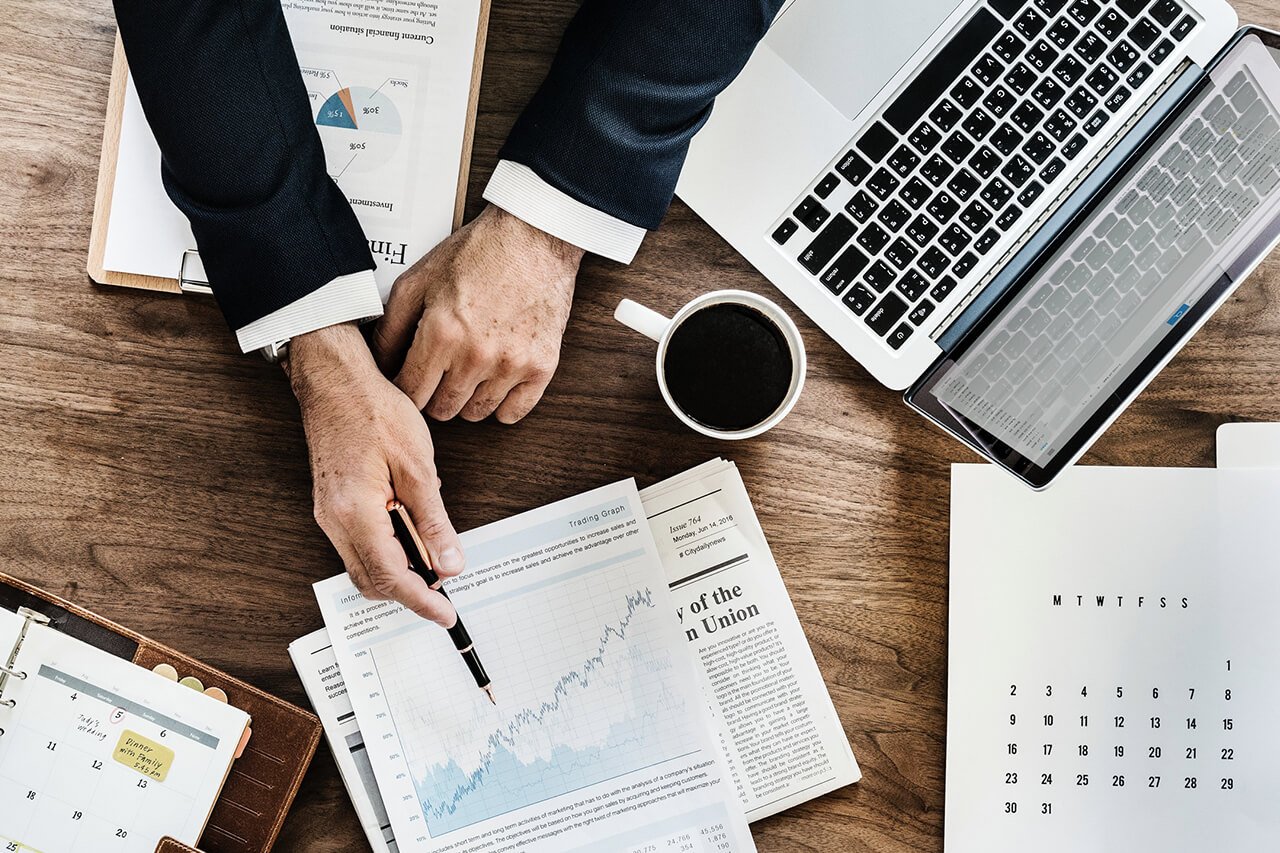Understanding Capital Expenditure
In business finance, capital expenditure (CapEx) plays an important role in shaping a company’s future. Unlike day-to-day operating expenses, capital expenditures are a testament to a company’s commitment to growth and long-term success.
This article explores the intricacies of CapEx, offering insights into its definition, examples, calculation, and strategic management.
What is Capital Expenditure?
Capital expenditure, often abbreviated as CapEx, refers to the funds that a company invests in acquiring, upgrading, or maintaining physical assets to generate future benefits or returns. These assets typically have a long-term lifespan (useful life of more than one year) and contribute to the company’s ability to generate revenue or reduce operating costs.
Unlike operating expenses, which are incurred in the day-to-day running of a business, capital expenditures are investments in the company’s future growth and productivity.
Examples of Capital Expenditure
Here are 10 examples of capital expenditure (CapEx), which refers to funds used by a business to acquire, upgrade, or maintain physical assets:
- Purchasing New Equipment – Buying machinery, tools, or vehicles for production or operational purposes.
- Building a New Factory – Construction or expansion of a manufacturing plant or office buildings.
- Upgrading IT Systems – Investing in new servers, software, or computers to improve business operations.
- Buying Land – Acquiring land for future development or business expansion.
- Renovating Existing Facilities – Significant upgrades or refurbishments to existing properties to enhance efficiency or appearance.
- Purchasing Company Vehicles – Buying cars, trucks, or delivery vans used for business operations.
- Installing Renewable Energy Systems – Investments in solar panels, wind turbines, or other sustainable energy solutions.
- Developing or Acquiring Patents – Costs associated with securing intellectual property or acquiring patents.
- Building or Upgrading a Warehouse – Expanding storage capacity or creating a new warehouse facility for inventory.
- Investing in Production Line Technology – Installing advanced machinery or automation systems to increase production capacity or improve product quality.
These expenditures are typically long-term investments that improve or maintain the company’s ability to operate and grow.
The Difference Between Capital Expenditure and Revenue Expenditure
Capital expenditure involves investments in long-term assets aimed at generating future benefits over multiple accounting periods. These investments are recorded on the balance sheet and depreciated or amortised over their useful life.
In contrast, revenue expenditure refers to ongoing operating expenses incurred to maintain the day-to-day operations of the business, such as salaries, rent, and utilities. These expenses are recorded on the income statement and directly impact the company’s profitability in the current accounting period.
How to Calculate Capital Expenditure
Calculating Capital Expenditure (CapEx) involves identifying and adding up the costs associated with purchasing, upgrading, or maintaining physical assets that are expected to provide long-term benefits. Here’s how to calculate it:
1. Identify Capital Expenditure Items
The first step is to identify all the purchases and upgrades that qualify as CapEx. These are typically long-term assets like property, equipment, vehicles, machinery, or technology systems. Anything that has a useful life beyond one year and adds value to your business operations qualifies.
2. Add Direct Purchase Costs
For each asset, include the purchase price or cost. This might involve:
- Cost of equipment or machinery
- Costs associated with acquiring or constructing buildings
- Costs for upgrading IT systems or purchasing software that has a long-term benefit
- Professional fees (e.g., legal or consultancy) related to the acquisition of the asset
3. Include Associated Costs
In addition to the purchase price, there may be additional costs associated with bringing the asset into service:
- Installation or setup costs
- Delivery charges
- Transportation fees
- Any other necessary costs to make the asset functional (e.g., employee training, or construction costs)
4. Exclude Operating Expenses
Operating expenses (OpEx) such as rent, utilities, salaries, and consumables should not be included in the CapEx calculation, as they are short-term costs and not investments in long-term assets.
5. Determine Depreciation (Optional for Accrual Accounting)
While depreciation isn’t part of the calculation, it helps you understand how your capital expenditures will impact your financial statements over time. Capital assets depreciate over their useful life, and this depreciation expense should be tracked in your accounting system.
6. Sum the Total Capital Expenditure
Add up all identified costs related to the capital assets for a given period (usually annually). The result is your total Capital Expenditure (CapEx) for the period.
The formula to calculate Capital Expenditure (CapEx) is:

Where:
- Cost of New Assets: The price paid for purchasing new property, equipment, or machinery.
- Cost of Upgrades/Improvements: The expenses related to enhancing or upgrading existing assets to extend their useful life or improve their performance.
- Other Capitalized Costs: Additional costs such as installation, setup, legal fees, and transportation necessary to bring the asset into service.
Example:
If a company buys machinery for £50,000, installs it for £5,000, and incurs an additional £2,000 in delivery and setup charges, the total CapEx would be:
CapEx = £50,000 (machinery) + £5,000 (installation) + £2,000 (delivery/setup) = £57,000
This £57,000 is the capital expenditure for this asset acquisition.
7. Review Financial Statements
CapEx should be reflected in the cash flow statement under investing activities, and the assets should appear on the balance sheet. It’s important to monitor CapEx to understand your business’s growth investments and cash flow management.
Calculating CapEx accurately is crucial for financial planning, budgeting, and understanding the company’s investment in long-term assets.
What Does CapEx Tell You About Your Business?
CapEx tells you about your business’s investment in long-term assets, growth opportunities, operational capabilities, financial health, and strategic priorities. It provides insights into the company’s commitment to expansion, innovation, asset management, and sustainable growth.
Strategies for Managing Capital Expenditure
Managing capital expenditures (CapEx) effectively is crucial for businesses aiming to optimise their investments in long-term assets while maintaining financial flexibility and operational efficiency.
Here are three key strategies for managing CapEx:
Prioritise Projects Based on Strategic Goals
Align CapEx projects with the company’s strategic objectives, prioritising those that promise the highest returns, competitive advantages, or market share growth. Use criteria such as expected return on investment (ROI), alignment with business goals, and risk assessment to prioritise spending.
Optimise Funding Strategies
Explore various financing options for CapEx projects, such as internal cash reserves, debt financing, equity financing, or leasing, to determine the most cost-effective funding strategy. Consider the impact of each option on the company’s balance sheet, tax obligations, and cash flow.
Monitor and Control CapEx Spending
Implement controls and monitoring systems to track CapEx spending in real-time, ensuring projects stay within budget and timelines. Establish thresholds for variances and set up alerts for when projects deviate from plans, requiring immediate attention or intervention.
The Significance of Capital Expenditure in Business
Capital expenditure is the backbone of long-term growth and sustainability, enabling businesses to acquire, maintain, and upgrade assets that are essential for their operations.
However, the management of capital expenditure is a delicate balancing act. On one hand, businesses need to ensure they have enough capital to invest in growth. On the other hand, they must also maintain existing equipment and property without disrupting cash flow. This is where strategic planning and careful consideration come into play. Businesses must weigh the initial costs, the potential rate of return, the time it will take to see some ROI, and the opportunity cost of not making the purchase.





















